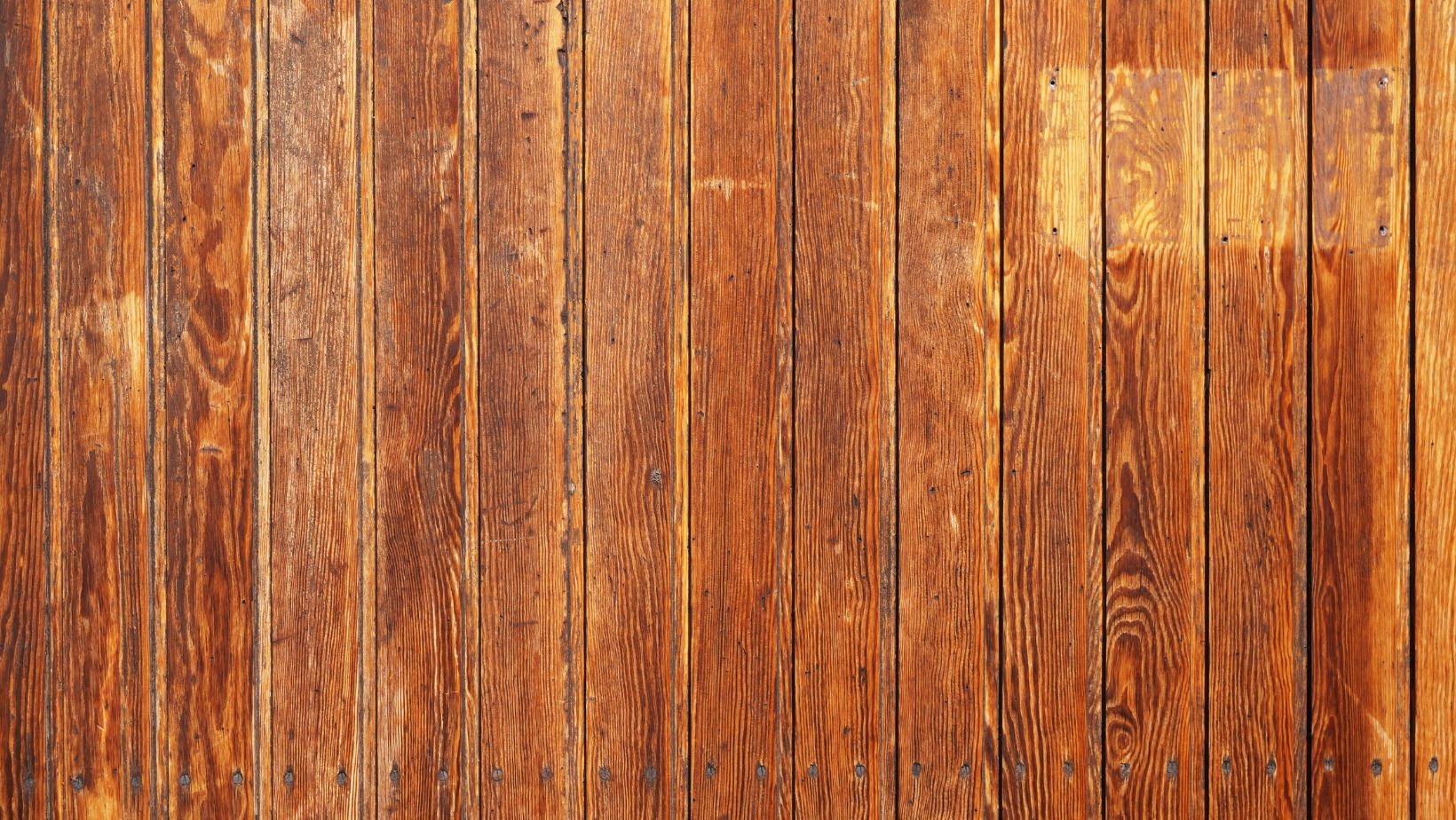In today’s architectural and interior design landscape, function and aesthetics are no longer separate pursuits. Sound control has become a fundamental part of designing comfortable, productive spaces—whether it’s a home, office, restaurant, or studio. Among the most favored solutions for managing noise while adding visual appeal is the wooden acoustic panel. Far from being just utilitarian soundproofing tools, these panels are celebrated for their natural beauty, eco-friendliness, and design flexibility.
The Essence of Wooden Acoustic Panels
A wooden acoustic panel is engineered to reduce reverberation and absorb excess sound waves. Typically crafted using materials such as MDF (Medium-Density Fiberboard), natural timber slats, or veneered wood, these panels come with perforations, grooves, or slatted surfaces designed to trap and diffuse sound. Beneath the outer wood finish lies a layer of acoustic fabric or mineral wool that actively absorbs sound energy, thus improving a room’s overall sound quality.
A wooden acoustic panel is not limited to music rooms or auditoriums anymore. With an increasing awareness of the health and productivity implications of noise pollution, they are now finding applications in homes, corporate offices, hospitality venues, and public buildings.
Why Wood? The Natural Edge in Acoustic Design
Wood is more than a design trend—it’s a timeless element that provides a warm, organic aesthetic. But its appeal goes beyond the surface.
Acoustic Performance: Wood has a natural ability to absorb and diffuse sound. When engineered into an acoustic panel, its performance improves significantly, especially when paired with scientifically-designed grooves or perforations.
Aesthetic Versatility: Unlike foam-based sound panels that often compromise on visual charm, wooden acoustic panels elevate interiors with their luxurious grain patterns and natural tones. They can be finished in various shades—from rustic oak to sleek walnut—to complement modern or traditional themes.
Sustainability: With growing demand for eco-conscious building materials, wood stands out as a renewable resource. Many suppliers ensure that their panels are sourced from responsibly managed forests and treated with non-toxic finishes, making them a green choice for sustainable projects.
Practical Applications in Modern Spaces
The versatility of wooden acoustic panels means they can be adapted to a wide range of environments:
Residential Spaces: Open-plan living areas often suffer from echo issues. Installing wooden acoustic panels on ceilings or walls not only improves acoustics but also adds a cozy, textured look to the interiors.
Corporate Offices: In workspaces, noise distractions can hinder productivity. Meeting rooms, conference halls, and open-plan offices benefit greatly from improved acoustics without compromising on professionalism or visual appeal.
Hospitality & Retail: Restaurants and hotels use these panels to ensure patrons can enjoy conversations without being overwhelmed by background noise. Their stylish finish also enhances branding and ambiance.
Creative Studios: Audio and video production facilities rely heavily on accurate sound. Wooden panels strike the right balance between functionality and aesthetic enhancement, particularly in visually-driven spaces like YouTube or podcasting studios.
The Installation Experience: What Users Say
One of the standout qualities of a wooden acoustic panel is its user-friendly installation. Unlike more complex soundproofing systems, these panels are often modular and can be installed using basic tools. They can be mounted on walls or ceilings using adhesive, screws, or track systems.
As a positive critic and design enthusiast, I’ve seen a rise in homeowners and small businesses adopting DIY acoustic solutions. Feedback frequently highlights the ease of installation, immediate improvement in sound clarity, and compliments on the panel’s visual elegance. Importantly, users appreciate that these panels enhance the comfort of a space without the sterile, technical look of conventional acoustic tiles.
Design Innovation Meets Acoustic Science
One exciting trend in the industry is the blend of acoustics with artistic expression. Some manufacturers now offer customized wooden acoustic panels with CNC-carved patterns or laser-cut artwork. These function as both acoustic treatments and statement art pieces.
 Technological advancements have also led to smart acoustic paneling—integrating lighting, air purification, or even thermal insulation. These hybrid panels mark a move toward multifunctional design, especially in spaces where minimalism and efficiency are prioritized.
Technological advancements have also led to smart acoustic paneling—integrating lighting, air purification, or even thermal insulation. These hybrid panels mark a move toward multifunctional design, especially in spaces where minimalism and efficiency are prioritized.
Final Thoughts: Crafting Calm with Character
Wooden acoustic panels are proving that sound control doesn’t have to come at the cost of beauty. They offer a rare blend of design sophistication, environmental consciousness, and performance. As buildings evolve to be more mindful of user experience, acoustic comfort is emerging as a new standard rather than a luxury.
Whether you’re redesigning a home office, enhancing a co-working hub, or simply striving for more mindful interiors, investing in quality acoustic treatments is a decision you’ll hear the benefits of—literally. With the warmth of wood and the science of sound, these panels make every space a little more serene and a lot more stylish.
